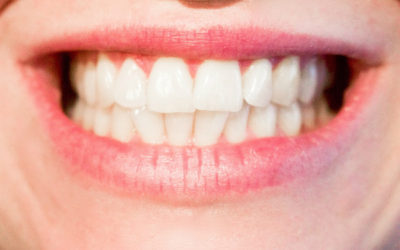Bruxism (teeth grinding) is a condition which results in grinding, clenching or gnashing of your teeth. Most people who grind or clench their teeth are not aware that they are doing it. Teeth grinding is considered as a sleep-related movement disorder. People who clench their teeth while sleeping are more likely to have other sleep disorders like snoring and pauses in breathing. Bruxism can be frequent and severe enough to lead to damaged teeth, headaches, jaw disorders, and other oral problems. Tooth grinding is usually related to stress and anxiety and can be prevented by using an Invisalign. Because you may have sleep bruxism and be unaware of it until you discover the complications, let us help you with some vital signs of bruxism.
Attrition of the Tooth
Attrition is a normal loss of tooth substance that results from friction. Dental attrition is caused by friction created by tooth-to-tooth contact. This results in loss of tooth tissue which affects the tooth enamel. The damage produced by tooth grinding can significantly thin the enamel structure. When the enamel is affected, it exposes the underlying structure called dentin. The exposed dentin layer increases the risk of sensitivity, decay, and discoloration.
Altered Dimension of the Tooth
After attrition, the teeth will appear flattened from the wearing down of the enamel. It causes a reduction to alter the vertical dimension of the tooth. Bruxism can reduce not only the height of the crown but also affect the enamel of the tooth. Due to the extreme force exerted by tooth grinding on the enamel of the teeth, the tight contact of the tooth with the gum is opened up. In this situation, the upper and the lower jaw comes closer together during occlusion which may cause TMJ problems. The effect on TMJ affects the facial appearance as the jaw appears to be sunken and deeper wrinkles appear on your skin.
Wear Patterns on the Tooth
Worn tooth surfaces can lead to damage the whole tooth. Tooth grinding can be recognized when you have a highly polished, smooth, and flattened wear patterns on the enamel. The sideways and the edges of the tooth are very common areas where damage from the bruxism is noticed. Canines tend to show the first visual signs of bruxism because it looks longer and more pointed than other tooth types.
Chip, Crack, and Fractures on the Tooth
Putting a constant amount of pressure on the enamel weakens the area. It can contribute to small fractures which may later lead to chips and breaks. The edges and corners of the tooth will show micro-fractures or cracks. Some of the cracks may look like cavities because they become stained or discolored and sensitive to temperature. These fractures deepen due to constant pressure and will eventually break a corner or damage a pulp. If not treated the crack can enter the nerve which leads to cracked tooth syndrome. Many people use Invisalign to prevent the crack from worsening.
Change in Mobility of the Tooth
Due to continuous occlusal forces, the teeth are forcefully rocked back and forth in the socket. This causes temporary mobility which may progress to permanent mobility. Such teeth may exhibit a dull percussion sound, and you may experience soreness while biting on the tooth.
Bruxism may be treated by using an Invisalign. You need to take prevention with Invisalign before your bruxism gets worse as it can cause severe oral issues later. If you have jaw pain, headaches, worn teeth or any other symptoms of bruxism, then consult your dentist to get a proper evaluation and treatment.



